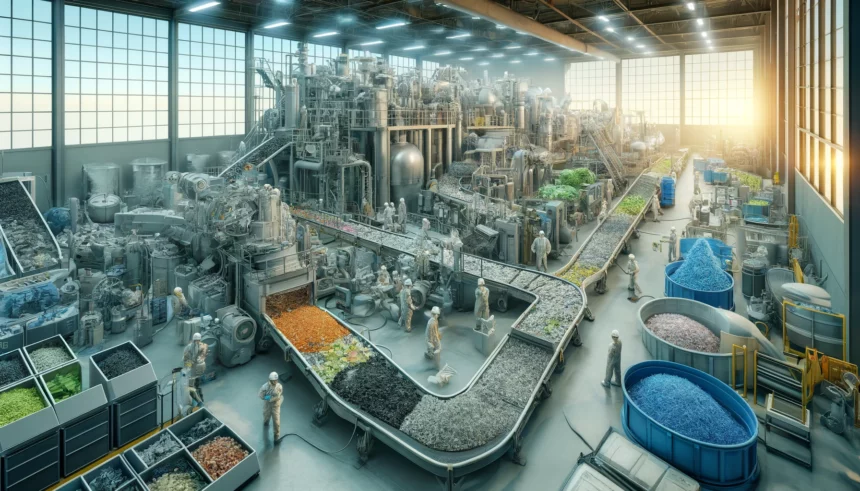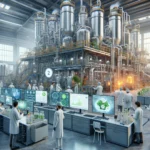Advanced recycling technologies are growing quickly, with new companies emerging from start-ups to major corporations. As new plants are built, capacities increase, and partnerships form, it’s tough to keep up. The Nova Institute’s report, “Mapping of Advanced Plastic Waste Recycling Technologies and Their Global Capacities,” offers a structured overview and deep insight into this evolving field.
Why Advanced Recycling Matters
Mechanical recycling, especially for PET bottles, works well. But mixed plastic waste or waste containing different plastics and organic material is hard to recycle mechanically. This often leads to landfill or incineration. Advanced recycling technologies are vital for transforming these waste streams into new raw materials, crucial for a circular economy.
Types of Advanced Recycling Technologies
- Dissolution: This physical process dissolves targeted polymers from mixed plastic wastes in a solvent. The structure of the polymer remains intact. After cleaning, an anti-solvent precipitates the polymer, which can be used directly without further polymerization.
- Solvolysis: A chemical process that breaks down polymers (mainly PET) into their building blocks using different solvents. The cleaned building blocks are then polymerized into new polymers.
- Enzymolysis: Utilizes biocatalysts to depolymerize polymers into building units. This is still in the lab phase with limited providers.
- Gasification: Converts mixed plastic waste and biomass into syngas and CO2 through heat and oxygen. It is suitable for PET and has a significant capacity.
- Pyrolysis: A thermochemical process that converts mixed plastic waste into liquids, solids, and gases in the absence of oxygen. The products can be used as feedstocks for new polymers.
Focus on PET Recycling Technologies
Solvolysis
- Breaks down PET into monomers using solvents.
- Cleaning is needed to remove other plastic components.
- Fewer providers compared to pyrolysis, mainly located in Europe and North America.
- Notable large enterprises: Aquafil, Eastman Chemical, IBM, DuPont Teijin Films, Dow.
Dissolution
- Dissolves PET in a suitable solvent without changing its chemical structure.
- The process achieves a capacity of up to 8,000 tons per annum.
- Providers are mostly in Europe and North America.
- Example of a large enterprise: Shuye Environmental Technology.
Enzymolysis
- Uses biocatalysts to break down PET.
- Still in the lab phase with only one identified small enterprise in Europe.
Gasification
- Converts PET into syngas and CO2 with heat and oxygen.
- Largest capacity of up to 200,000 tons per annum.
- Mostly medium-sized enterprises in North America and Europe.
- Example of a large enterprise: Eastman.
Pyrolysis
- Converts mixed plastic waste into various products like oils, diesel, naphtha, syngas, and waxes.
- Largest capacity of up to 40,000 tons per annum.
- Mainly in Europe, followed by North America.
- Notable large enterprises: Blue Alp, Demont, Ineos Styrolution, Neste, OMV, Repsol, Unipetrol, VTT, Chevron Phillips.
Capacity and Growth
- Over 340 plants globally, with an input capacity of 1,477 kilotons per annum (kt/a).
- Europe leads with a quarter of global capacity and 60 operating plants.
- Europe has 36% of the global capacity for products from chemical and physical recycling.
- Significant growth expected in the next five years, with capacity in Europe projected to more than triple by 2027.
Conclusion
Advanced recycling technologies provide versatile solutions to tackle complex plastic waste streams, transforming them into valuable raw materials. With Europe leading in capacity and innovation, the future looks promising for a more sustainable recycling ecosystem. The Nova Institute report is a valuable resource to navigate the advancements and players in this dynamic field.
















